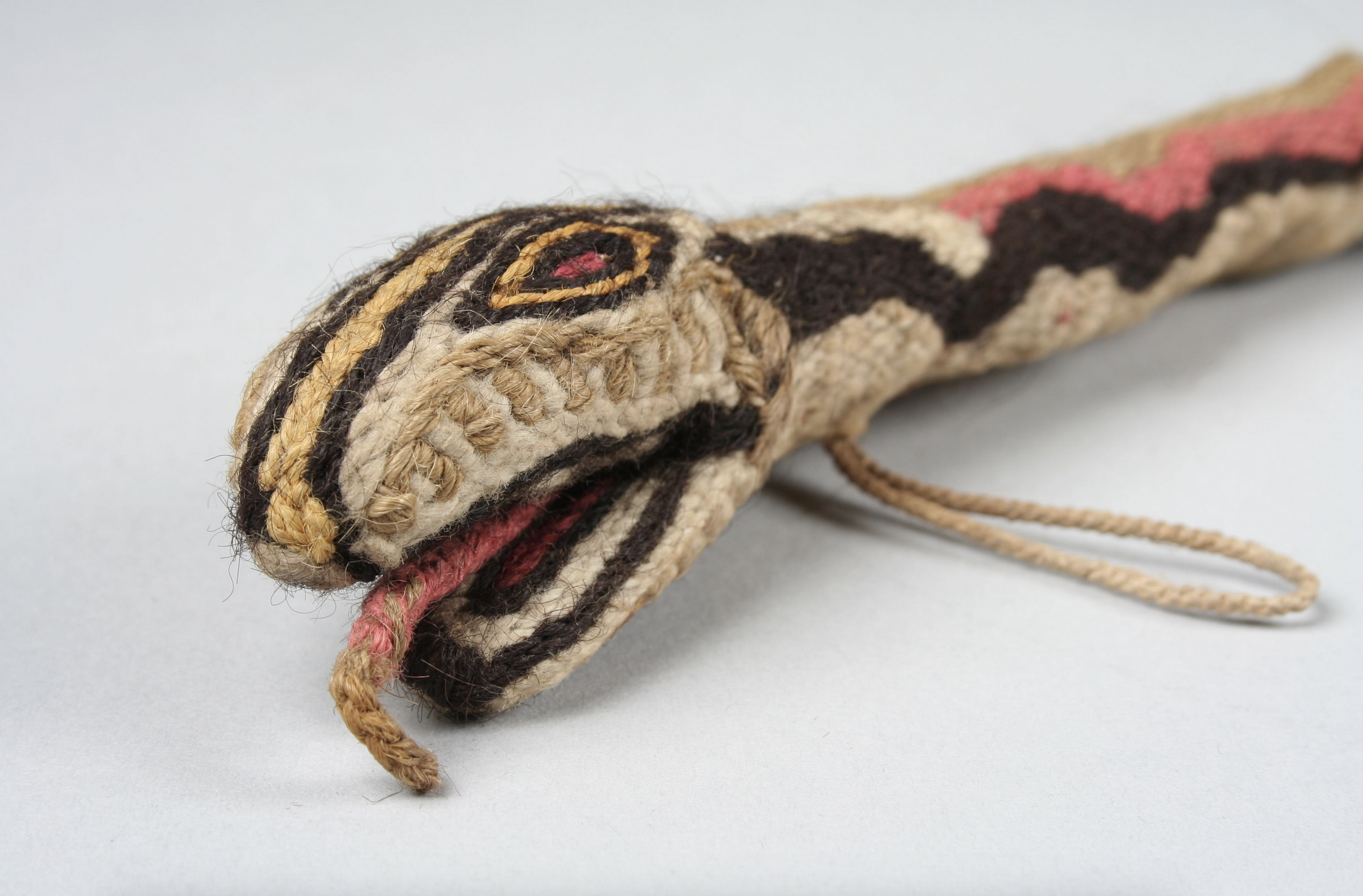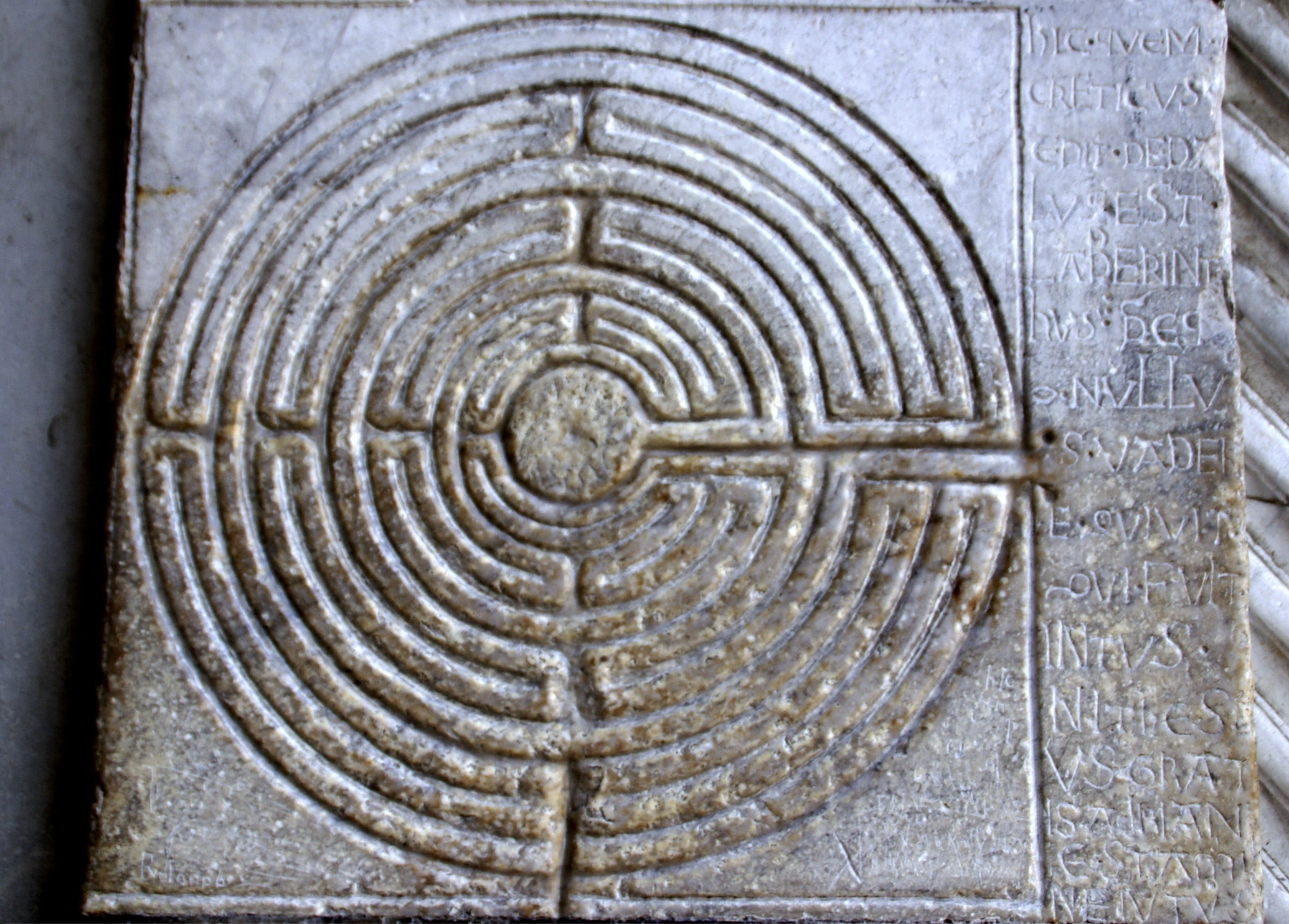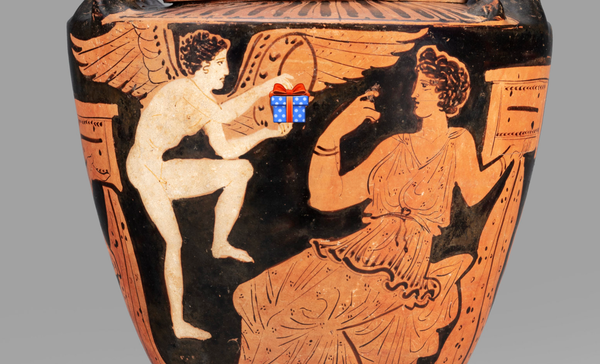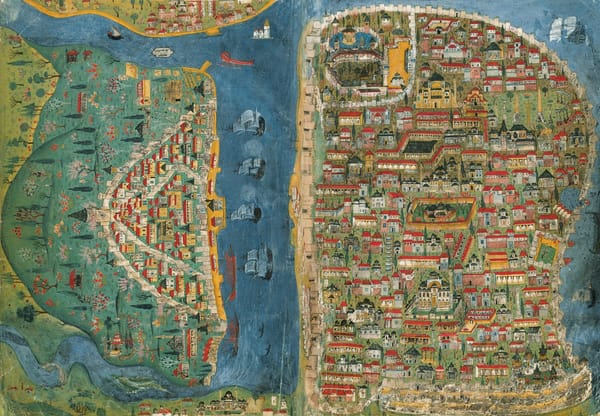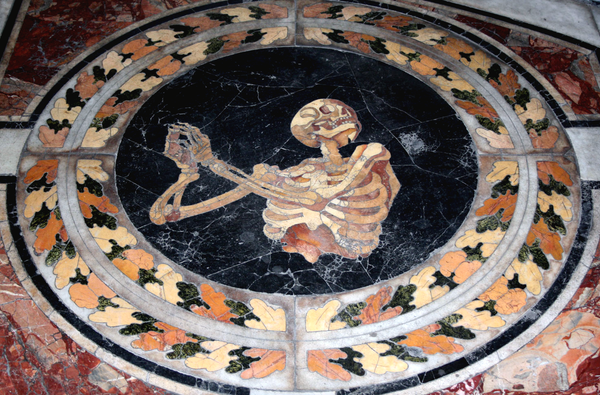Pasts Imperfect 8.28.25
This week, we look at the Inka with historian of the Andes Manuel Medrano. Then, ancient world news, new ancient world journals & more.
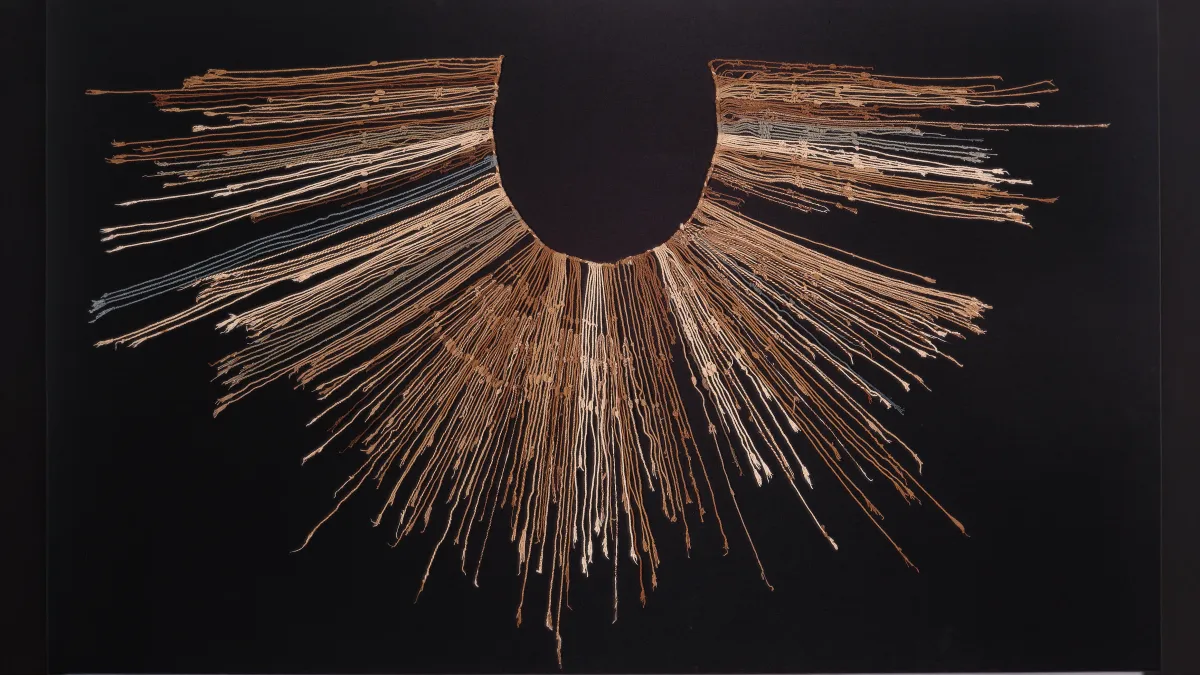
This week, we look at the identity of the timekeepers of the past with historian of the Andes Manuel Medrano, who breaks down the new stable isotope evidence for regular folks participating in the production of Inka khipus. Then, Africans call for the replacement of the Mercator map projection, cuts at Virginia Tech and the University of Oregon come for humanities departments, a new language is uncovered at an ancient Hittite site, a Labubu versus Pazuzu demon face-off, a candle turns you into Alaric (or, if you prefer, Gaiseric) for a day, new ancient world journals, the Getty reopens with a Mycenaean exhibition, and much more.
Who Wrote in the Inka Empire? by Manuel Medrano
Who wrote in the Inka Empire? Until recent decades, the much more frequently asked question was whether the Inkas had written at all. Their khipus, or bunches of knotted, multicolored cords, seldom made the cut. To those pondering humanity’s long history of inscribing ideas on paper, parchment, papyrus, stone, wood, or clay, a khipu was hardly inconceivable: it raised intuitive comparisons with rosaries, tally sticks, and other mnemonic tools. Though surely, observers maintained, khipus weren’t writing — a milestone along a meandering path toward it, perhaps. But tangled strings and scattered knots were hardly the stuff of recordkeeping, annals, or history.
This sentiment shifted as scholars began considering all that khipus did for the Inkas (c.1400–1532 CE) and those who inhabited their polity, the largest of the pre-Columbian Americas. From what is today southern Colombia to central Chile, knotted cords relayed state censuses, labor records, genealogies, and meticulous reports of notable events and trends. From Cuzco, the Inka capital, these facilitated the administration of over 10 million subjects. Pre-conquest villages were each assigned multiple khipu experts, proportionate to the population, who knotted vital statistics and regularly reported back to their Inka overseers. This image, distilled from colonial-era chronicles written in Spanish, has long associated Inka-era khipu makers with a few descriptors: elite, surveillant, exclusive, highly specialized, and male.
A new study of an Inka-style khipu in Scotland compels us to reassess these labels. Its finding is clear: the khipu, radiocarbon dated to the Late Horizon (the period of the Inka Empire’s expansion), contains a primary cord composed entirely of human hair. An isotopic analysis of carbon, nitrogen, and sulfur in the hair indicates that the person who provided it consumed relatively little meat or maize, as was typical of a commoner’s diet. It follows, the authors suggest, that non-elites also made, or at least contributed to making, Inka khipus.
Among specialists, this bolsters a longstanding impression. Myriad nineteenth and twentieth-century examples of khipu-making by Andean women and herders earlier led Galen Brokaw to identify these as continuations of khipu use by Inka-era commoners. The new study offers the first physical evidence in support of this premise. The implication, as has become apparent in headline media coverage of the finding, is striking: the story of literacy in the Inka Empire needs to be more nuanced, far-reaching, and plural. Khipu-making was not exclusively the domain of high-status state officials. And the survival of similar practices centuries later implies that modern khipus can aid scholars in interpreting Inka examples.

As a longtime participant in khipu decipherment research myself, I’d propose three additional takeaways. The first is a much-needed reminder to khipu decoders: this finding demonstrates just how much more can be learned from a khipu beyond its recorded contents. For over a century, scholars’ primary inroad to interpreting archaeological khipus has been reading base-10 numbers from their knots. Combining these with observed patterns in their colors, fibers, and structural arrangements has produced a kind of composite picture of khipus’ internal mathematical logic — seeming exceptions included. This case uncovers something different: the signature of someone who didn’t sign (at least not as conventionally understood), and whose isotopic fingerprint suggests that they called the Andean highlands home. It reaffirms that a khipu preserves its maker(s), not just its message.
The study’s second service is in motivating renewed searches for human hair in other khipus. Some 1,400 of these survive in museums and private collections around the world, and though over 650 Inka-style examples made of cotton or animal fiber have been cataloged and digitized, close studies (and restudies!) of the corpus raise the prospect of human hair being a more common part of khipu-making than has long been supposed. A recent inventory of colorful thread wrappings on Inka khipus conveys something similar: what once seemed “unusual” or “anomalous” might more reflect incomplete data than a one-off departure from an assumed Inka norm.
There is still much to uncover about the role of hair in Inka recordkeeping. Identifying and studying other examples will allow scholars to assess the more challenging questions that might be posed of this study: Did the inclusion of someone’s hair in an Inka khipu necessarily mean they created it? What design element, if any, distinguished a khipu by someone from a khipu about them? Might environmental factors have temporarily interrupted an elite Inka khipu maker’s access to “high-status” foods, reducing them to a commoner’s diet? Crucially, though, this finding inspires an approach to resolving the very questions it raises.
The third takeaway is perhaps this study’s most consequential: it brings us closer to the identities of individual Inka-era khipu makers and producers. Doing so has long been the work of archaeologists, especially on those rare occasions that khipus are discovered in association with human remains and can be documented according to modern standards. Others have drawn attention to khipu-literate ethnic groups, who maintained their traditional accounting techniques even after they were incorporated into the Inka state. But for the vast majority of khipus in museums, which were extracted long before scientific archaeology, their fate has more often been limited to data — compiled, digitized, and summarized collectively to serve more general statements about Inka recordkeeping, mathematics, or a khipu “code.” Here shines a different aspiration: seeking new ways within the corpus to foreground the individuality of khipus and their makers.
To return to our initial question, then: who wrote in the Inka Empire? There were the bureaucrats and the overseers, of course. But it now seems fitting to expand that familiar lineup. Non-elites made material contributions to Inka-era khipus and, as appears increasingly likely, authored some themselves. Once we include the sheer volume of everyday, overlapping recordkeeping activities that characterized Inka life — what in the pre-industrial Islamic context have been termed “cultures of documentation”— the remaining qualifiers quickly fall away. Inka cultures of documentation encompassed broad swaths of Andean society, who contributed time, effort, and even parts of themselves to setting their ideas in string. It is time to write about their writing too.
Manuel Medrano is a PhD candidate in Latin American History at Harvard University. You can read more about his research here.
Public Humanities and a Global Antiquity
Maps make arguments. And at Reuters, Catarina Demony and Ayendeng Bior cover the African Union’s support for the Equal Area projection over the traditional (inaccurate) Mercator projection map. "Created by cartographer Gerardus Mercator for navigation, the projection distorts continent sizes, enlarging areas near the poles like North America and Greenland while shrinking Africa and South America." Why does this matter? Africanist Mohamed Mbodj has a great article arguing that skewed maps of Africa "have played a major role in shaping perceptions of the continent from the outside." Time for a welcome change in classrooms and on the news.

At Discover, they look at the Hittite site of Boğazköy-Hattusha in modern Turkey, where 30,000 clay, cuneiform tablets were recovered during earlier excavations. While most of the inscribed tablets were in the Indo-European language of Hittite, researchers also detected another language, from Kalašma (an area in the northwest part of the empire). A press release from the University of Würzburg notes that "The discovery of another language in the Boğazköy-Hattusha archives is not entirely unexpected." Historian of the Ancient Near East Daniel Schwemer notes that "The Hittites were uniquely interested in recording rituals in foreign languages.'" The findings shed light on the many languages in the area during the Late Bronze Age (1650 to 1200 BCE), as well as scribal interest in recording them.

Humanities departments are under attack internally and externally. The AAUP notes that at the University of Oregon, layoffs and department cuts are being threatened due to a projected budget crisis. They may also be backlash for the faculty unionizing. And at Virginia Tech, the administration is shutting down the Department of Religion & Culture.

Listen up, environmental historians! A new study from Clemson University and Woods Hole Oceanographic Institution looks deep into the irrigation systems of ancient Sumer and finds that tidal patterns may have influenced the way Sumerians got ye olde farm water. Is it blasphemous if I say "roll tide"?
Let's talk manuscripts. A new study penned by Chen Yu, Meifang Zhang, Bing Li & Xiaodong Lian looks at the composition of the ink used in medieval Tibetan palm leaf manuscripts from the 12th and 13th centuries. Analysis found that it was a mix of lamp soot along with an adhesive such as animal glue. And at NYU, they highlight the medieval manuscript work of undergraduate Yunji Li as an intern at the Metropolitan Museum of Art. At Modern Medieval, they speak to Larisa Grollemond, associate curator of manuscripts at the Getty Museum in LA, about the new Getty exhibition, “Going Places: Travel in the Middle Ages.” Finally, Open Culture notes that a Wellcome Research Resources Award-funded project of the University of Cambridge Libraries finished "conserving, digitizing, and making available online 190 manuscripts containing more than 7,000 pages of medieval medical recipes."
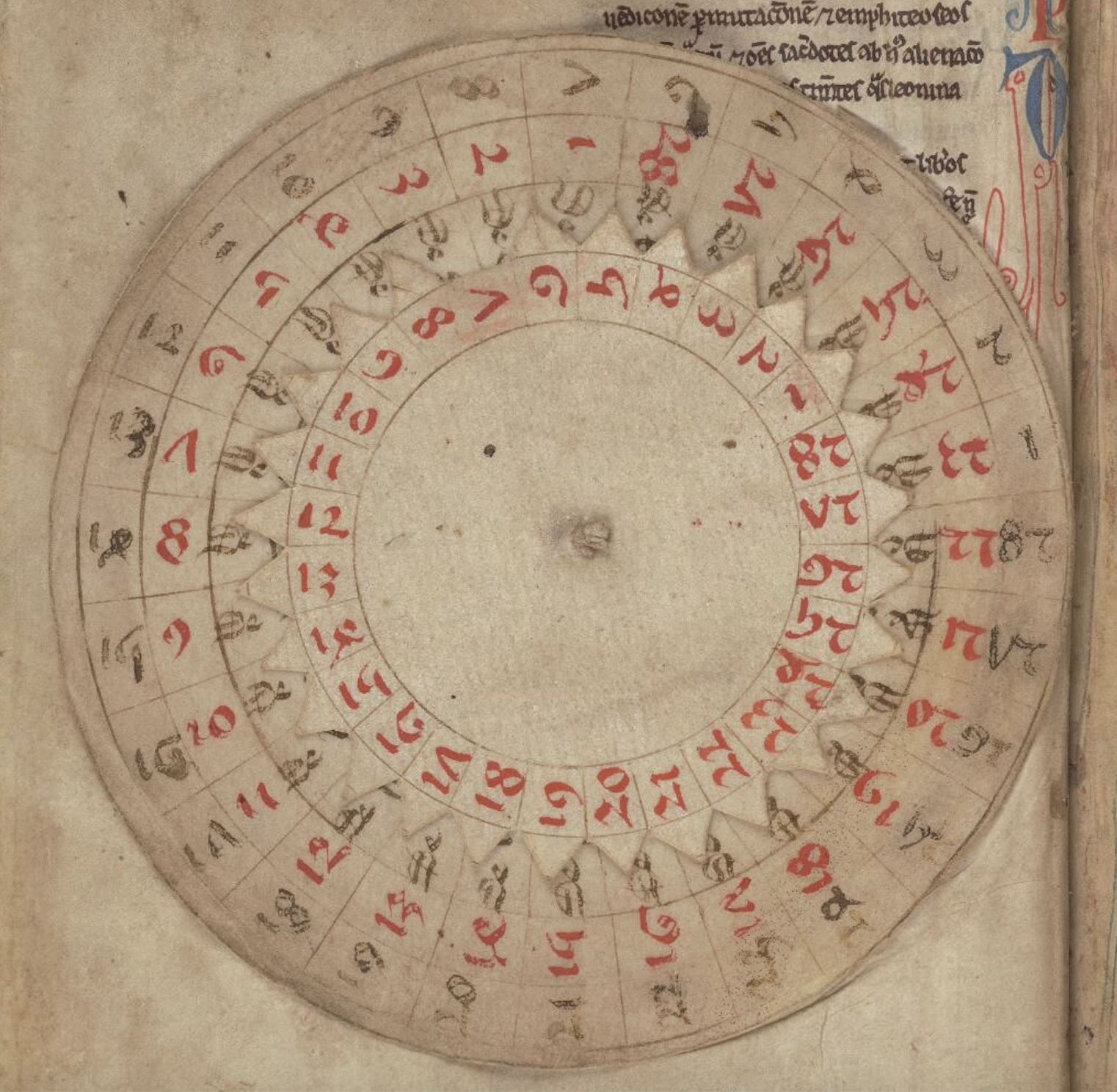
There's a new narrative piece by an anonymous writer in the Guardian titled "My cultural awakening: an ancient statue made me fall in love with my fat body." Shoutout to the Paleolithic Venus of Willendorf and her connection to modern body positivity!
If you're anything like this PI editor, you are constantly stocking your larder with tinned fish ... so during the apocalypse, I'll have my umami bombs, I guess? Evan Kleiman from KCRW's Good Food podcast speaks with Christopher Beckman about his new book A Twist in the Tail: How the Humble Anchovy Flavored Western Cuisine. I'm hooked, lined, and sinkered—with a side of sardine garum.
You will have to wait until December for our annual Tori Lee Classicist's Gift Guide™, but we thought we would note that we are all in on this new "Fall of Rome" candle from JD +Kate Industries. They do a ton of historical candles (lol to the War of 1812 one), but it is the marketing copy that clutched us like a Visigoth.

Playing with Pazuzu! According to "social media commentators", PopMart's popular Labubu toys may be channeling an ancient Mesopotamian "demon," likely by way of The Exorcist and the Simpson's Treehouse of Horror XVII. Brittany Wong at Huffpost reports on this recent "Satanic Panic" with input from Yale Assyriologist, Eckhart Frahm, and David Waldron, an historian at Federation University. Frahm thinks this a bit of a stretch, noting that "“Pazuzu completely lacks the somewhat ‘fluffy’ appearance of the dolls, which have no bird’s claws, wings, or tails, and certainly no penis.” Waldron points to the echoes of earlier worries about the Satanic infiltration of youth culture from Elvis to Harry Potter. For a much better version of a Labubu, check out Tlingit artist Lily Hope's Labubu outfits that, as Hyperallergic notes, are "inspired by traditional Ravenstail and Chilkat weaving practices."

New Ancient World Journals by @yaleclassicslib.bsky.social
Forum Classicum No. 2 (2025) #openaccess
Greek, Roman, and Byzantine Studies Vol. 65 No. 3 (2025) #openaccess
Lexis Vol. 43, No. 1 (2025) #openaccess
Yearbook of Ancient Greek Epic Online Volume Vol. 9 (2025)
Annali di Ca’ Foscari. Serie orientale Vol. 61 (2025) #openaccess
Journal of African Archaeology Vol. 23, No. 1 (2025)
Journal of the History of Collections Vol. 37, No. 2 (2025)
JAOS Vol. 145 No. 3 (2025)
Orientalistische Literaturzeitung Vol. 119, No. 6 (2025)
Zeitschrift für Assyriologie und Vorderasiatische Archäologie Vol. 115, No. 1 (2025)
Arabic Sciences and Philosophy Vol. 35, No. 2 (2025)
Augustinian Studies Vol. 56, No. 1 (2025)
Journal of Indian Philosophy Vol. 53, No. 3 (2025) NB Igor Spanò "Queer Types in Ancient Indian Medicine Texts. The Case of Vārtā and Tr̥n.aputrika Individuals"
History of Philosophy Quarterly Vol. 42, No. 2 (2025)
The Monist Vol. 108, No. 3 (2025) The Philosophy of Ibn Sīnā (Avicenna)
Recherches de Théologie et Philosophie Médiévales Vol. 92, No. 1 (2025) Sight and Light in the Late Middle Ages: Textual Insights and Research Perspectives
Rhizomata Vol. 13, No. 1 (2025)
Renaissance Studies Vol. 39, No. 4 (2025) Renaissance Humanism and the Venetian Empire
Workshops, Lectures, and Exhibitions
The Getty Villa in Malibu, CA hath reopened, y'all! And with it is the new exhibition "The Kingdom of Pylos: Warrior-Princes of Ancient Greece." It is on now until January 12, 2026. As they note: "Encounter the latest discoveries from Messenia, an epicenter of Mycenaean civilization in Late Bronze Age Greece, displayed for the first time outside Europe." This exhibition is presented in English and Spanish. Esta exhibición se presenta en inglés y en español. And at the Getty Center, "Going Places: Travel in the Middle Ages," will open on September 2, 2025.
At the Harvard Museums of Science and Culture in Cambridge, MA on October 16, 2025 from 6:00-7:00 pm (in-person and online), Clemency Chase Coggins will discuss "One Woman’s Fight to Protect Ancient Maya Legacy." The museum notes, "With vivid stories and a special video presentation, she reflects on her collaborations with notable figures such as Tatiana Proskouriakoff and the role of the Peabody Museum in the protection of Maya heritage." Register here.
